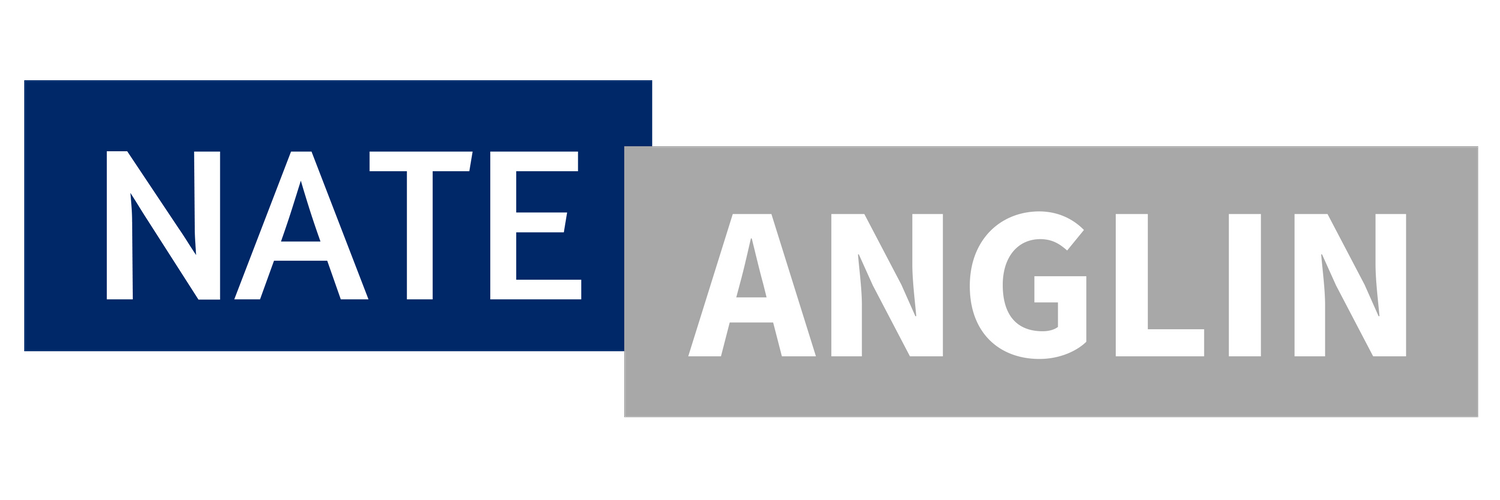How To Communicate Better At Work When The World Has Gone Virtual
You'll find me behind my desk, pounding at my keyboard.
I'm an obsessed introvert living in a hazy dream. I am blocked from the world. Virtual walls constructed. Seclusion guaranteed.
I love it, but it's a terrible leadership strategy. I'll become disconnected. It's shitty virtual communication.
If this sounds like you, or you're taking this path, here's what you can do about it.
Master the art of written communication.
Someone on my team has a habit of copying and pasting long emails from vendors into our project management software.
When I see the comment, I never read them. They're hard to read.
It's fun to give her a hard time about it, but it's a critical lesson. Effective written communication is your ability to be clear and concise.
One of the best tools to help with all aspects of written communication is Grammarly.
Part of its appeal is how it rates you on your grammar, clarity, and engagement.
Do you sound like a mumbling idiot in your email? Grammarly will tell you, minus the idiot part.
The point is, written communication is a skill you can't afford to ignore. You have to learn how to be an effective, written communicator.
You may need a tool like Grammarly, a course, or a coach to help you savvy up your written communication. Whatever it is, make an effort.
The alternative is your messages getting ignored, confused, or misunderstood.
Pick up the damn phone.
These last two months, I've wanted to smash my head through a wall as I witnessed unfold, one after the other.
Some of the times, it was me. I forget a piece of information in my instructions, like a due date, or I wasn't clear enough.
Other times it was my team reciprocating by being vague and unclear.
My resolution was that we only used written communication to recap what we discussed, or for quick pieces of input.
When we need to discuss an important topic or something that requires a detailed conversation, with two-way communication required, the phone is the only way.
I continuously see conversations struggle in email, chat, our project management software.
It's even worse when one conversation starts in one platform and slowly moves to another.
It's comparable to your neighbor's dog coming over to your yard to poop and having to pick it up.
This form of communication is messy, so pick up the damn phone and recap your calls via email.
Schedule daily video check-ins.
Daily huddles are a way to help keep your teams sanity in a time of seclusion.
Or if you're becoming a virtual team, indefinitely, like us, they're a great way to connect with your team every day.
My team and I jump on a video call, where we quickly discuss individual good news, priorities for the day, and what we're stuck on.
As a leader, it a great way to keep the team together, to have a little fun, listen for possible problem areas, and establish accountability if the team is getting off course.
The best perks are seeing the team smile or watching a kid going crazy in the background, as the team member puts themselves on mute.
Conduct routine 1:1s.
15five has an excellent definition of what a one-on-one entails:
A manager's job is to aid each employee on their personal and professional journey through life as it relates to working at your company. Mentoring and coaching let people know that they are supported, which fosters a strong sense of belonging.
In a virtual world, as teams are closed off to one another, this becomes even more important.
One-one-ones are a time to discuss issues, performance, resources, and other items to help your team operate at peak performance.
We all get in our heads, and your team is no different. Talking with them regularly will help them work through mental blocks they're encountering.
Schedule your one-on-ones, and don't cancel them!
All work together on a common goal.
The best way to communicate is by working on a unified goal.
Everyone speaks the same operational language. Priorities are connected to the bigger picture.
When a problem occurs, it likely impacts the priorities, and everyone is on the same page of why it's essential to resolve it.
In a world where the workforce has moved virtually, it's never been more critical that everyone on the team knows what the vision, mission, and quarterly priorities are.
If not, they'll be speaking a language that doesn't make sense to the rest of the team, and communication will become tense and disconnected.
I'm human and struggle with jumping into our weekly virtual wine downs. You won't be perfect.
Focus on a few of these, and you'll begin to make your virtual communication a success with less stress.
Disclaimer: Some links in this post are affiliate links. If you click through and pay for a service, I'll be compensated at no cost to you. I only recommend services I use myself. See my full disclaimer.









